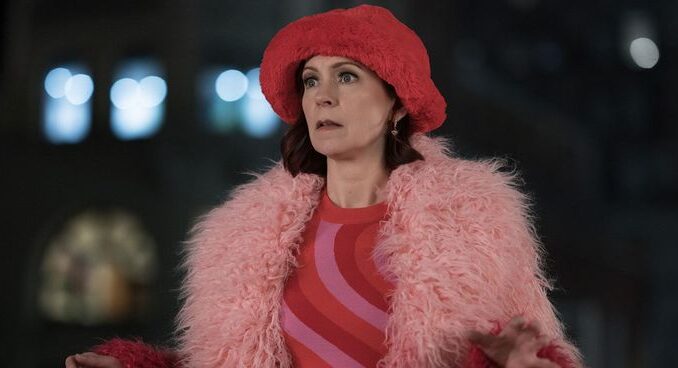
“`html
The legal dramedy, *Elsbeth*, charmed audiences with its quirky protagonist and unconventional approach to crime-solving. However, the landscape of the show shifted significantly between its first and second seasons, particularly regarding its cast. This essay will delve into the changes that occurred with Elsbeth Season Two, focusing specifically on the departure of a CBS cast member from their series regular role and exploring the potential impact this had on the show’s dynamic.
A Shakeup in the Ranks: Saying Goodbye to Carra Patterson
One of the most notable differences between *Elsbeth* Season One and Two was the absence of Carra Patterson, who played Kaya Blanke, the no-nonsense NYPD officer initially partnered with Elsbeth Tascioni (Carrie Preston). Kaya’s grounded realism provided a counterpoint to Elsbeth’s eccentric brilliance, creating a compelling dynamic that many viewers appreciated. Her departure as a series regular left a void in the ensemble cast.
While the specific reasons for Patterson’s departure weren’t extensively publicized, the impact on the show was undeniable. Kaya’s presence offered several key elements that were subsequently altered:
- Established Partnership: The established rapport between Elsbeth and Kaya in Season One meant the audience didn’t need to witness the gradual building of trust and understanding. This allowed the show to jump directly into complex cases with a pre-existing foundation.
- Realistic Counterbalance: Kaya’s cynical and pragmatic perspective grounded Elsbeth’s flights of fancy. She served as the voice of reason and provided a connection to the procedural elements of the show.
- Familiarity and Consistency: Kaya represented a point of continuity for viewers. Her absence meant a shift in the show’s established formula, requiring the introduction and development of a new dynamic.
In Season Two, Elsbeth was paired with different officers, each representing a unique and fleeting partnership. While these new collaborations offered fresh perspectives and opportunities for comedic moments, they lacked the depth and familiarity that Kaya brought to the series. The show explored themes like mentorship, new alliances, and the value of unconventional methods.
While the series survived and adapted to this change, the absence of a central, consistent partner for Elsbeth altered the show’s core dynamic. Some viewers may have missed the stability and depth of the Elsbeth-Kaya partnership, while others might have welcomed the increased variety in her interactions. The change ultimately highlights the importance of ensemble dynamics in television and the challenges involved in navigating cast departures.
“`
